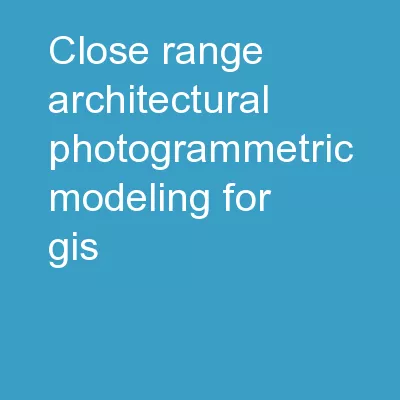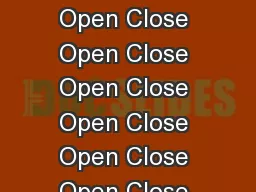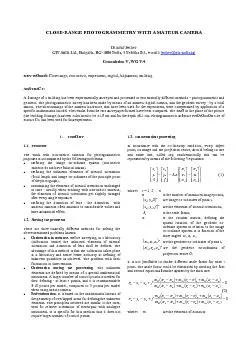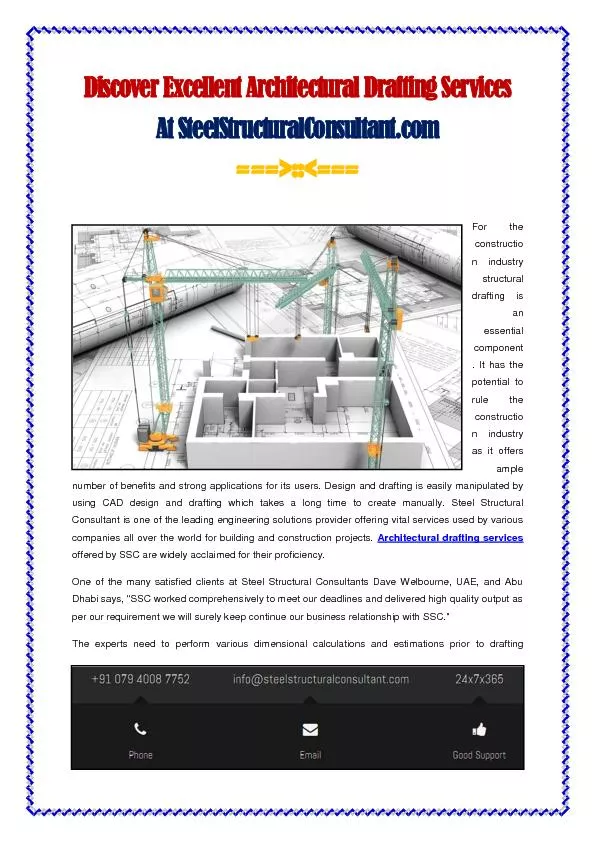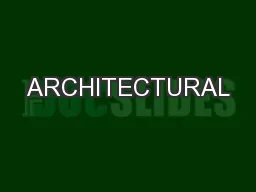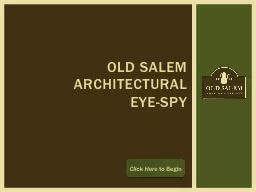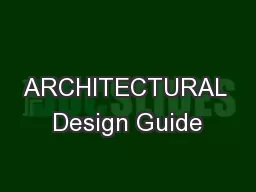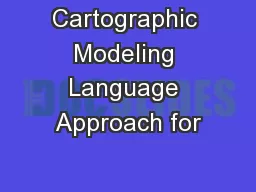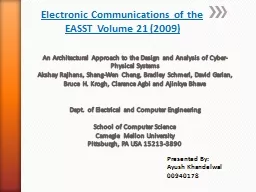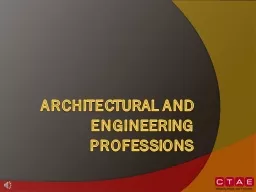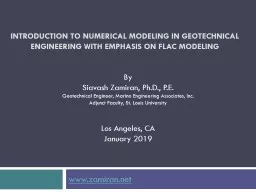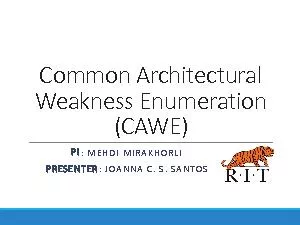PPT-Close Range Architectural Photogrammetric Modeling for GIS
Author : stefany-barnette | Published Date : 2018-12-28
By Luke Zhou SULI Intern at SLAC National Accelerator Laboratory Photogrammetry Obtain geometric properties from images Size Shape Position Uses at SLAC Alignment
Presentation Embed Code
Download Presentation
Download Presentation The PPT/PDF document "Close Range Architectural Photogrammetri..." is the property of its rightful owner. Permission is granted to download and print the materials on this website for personal, non-commercial use only, and to display it on your personal computer provided you do not modify the materials and that you retain all copyright notices contained in the materials. By downloading content from our website, you accept the terms of this agreement.
Close Range Architectural Photogrammetric Modeling for GIS: Transcript
Download Rules Of Document
"Close Range Architectural Photogrammetric Modeling for GIS"The content belongs to its owner. You may download and print it for personal use, without modification, and keep all copyright notices. By downloading, you agree to these terms.
Related Documents

